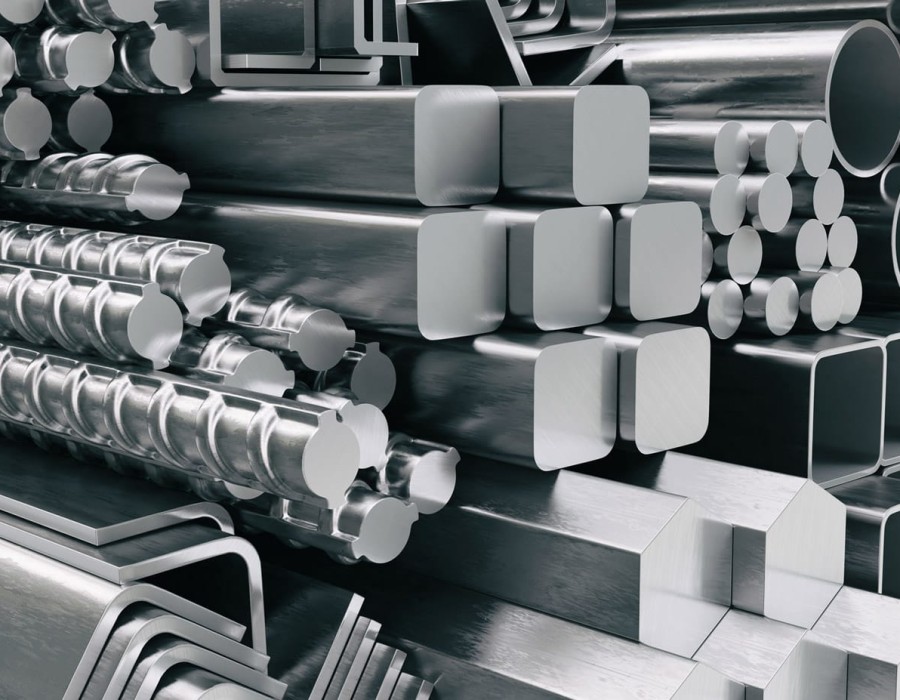Stainless steel plays a pivotal role in various industries, from construction to kitchenware. Its durability, resistance to corrosion, and aesthetic appeal make it a popular choice. In India, understanding the stainless steel rate per kg is essential for businesses and individuals looking to make informed purchasing decisions. This blog explores current trends, factors influencing prices, and tips for sourcing stainless steel.
Understanding Stainless Steel Pricing
The rate of stainless steel per kg in India fluctuates due to several factors, including raw material costs, global demand, and production processes. As of 2024, the prices generally range between ₹180 and ₹300 per kg, depending on the grade and type. Here’s a breakdown:
- 304 Grade Stainless Steel: Widely used in kitchenware and industrial applications, the price ranges from ₹180 to ₹220 per kg.
- 316 Grade Stainless Steel: Known for its enhanced corrosion resistance, this premium option costs around ₹250 to ₹300 per kg.
- 202 Grade Stainless Steel: A cost-effective alternative, priced between ₹120 and ₹160 per kg.
Factors Influencing Stainless Steel Rates in India
1. Raw Material Costs
Nickel, chromium, and iron are primary components of stainless steel. Fluctuations in global prices of these raw materials directly impact the final rate of stainless steel. For instance, a surge in nickel prices can lead to higher stainless steel rates.
2. Supply and Demand Dynamics
The demand for stainless steel in industries such as construction, automotive, and manufacturing drives prices. Increased infrastructure projects in India have led to a rise in demand, pushing up rates.
3. Import and Export Policies
India’s stainless steel market is influenced by international trade policies. Import duties and anti-dumping measures can affect pricing. For instance, higher import duties on Chinese steel often lead to increased domestic prices.
4. Energy and Production Costs
Steel production is energy-intensive. Rising electricity and fuel costs contribute to the overall expense of manufacturing stainless steel, thereby influencing its price per kg.
5. Grade and Finish
Different grades and finishes of stainless steel come with varying costs. High-grade stainless steel, such as 316L, is priced higher due to its superior properties.
Current Market Trends in 2024
The Indian stainless steel market is expected to grow significantly in the coming years. Key trends include:
- Increased Demand for Sustainable Materials: Stainless steel’s recyclability makes it a preferred choice for environmentally conscious industries.
- Technological Advancements: New manufacturing technologies are reducing waste and production costs, which may stabilize prices in the future.
- Rising Exports: India is becoming a major exporter of stainless steel, influencing domestic availability and rates.
Tips for Buying Stainless Steel in India
When purchasing stainless steel, consider these factors to get the best value:
- Compare Prices: Research and compare rates from multiple suppliers. Online platforms can provide real-time pricing updates.
- Check Quality Certifications: Ensure the stainless steel meets international standards, such as ASTM or ISO certifications.
- Negotiate Bulk Discounts: If you require large quantities, negotiate with suppliers for better rates.
- Understand Your Requirements: Choose the grade and finish that align with your project’s needs.
- Choose Reputable Suppliers: Work with trusted suppliers known for quality and reliability.
Popular Suppliers of Stainless Steel in India
India is home to several reputed stainless steel manufacturers and suppliers. Some of the leading names include:
- Jindal Stainless: Known for high-quality stainless steel products.
- Tata Steel: Offers a wide range of stainless steel grades.
- Aperam: Specializes in premium stainless steel solutions.
- Salem Steel Plant: A government-owned entity offering competitive rates.
Conclusion
Understanding the stainless steel rate per kg in India is crucial for making informed buying decisions. Prices fluctuate due to raw material costs, market demand, and other factors. By keeping an eye on market trends and working with reliable suppliers, you can ensure the best value for your investment. Whether you need stainless steel for industrial or personal use, being informed helps you stay ahead in a competitive market.





Comments